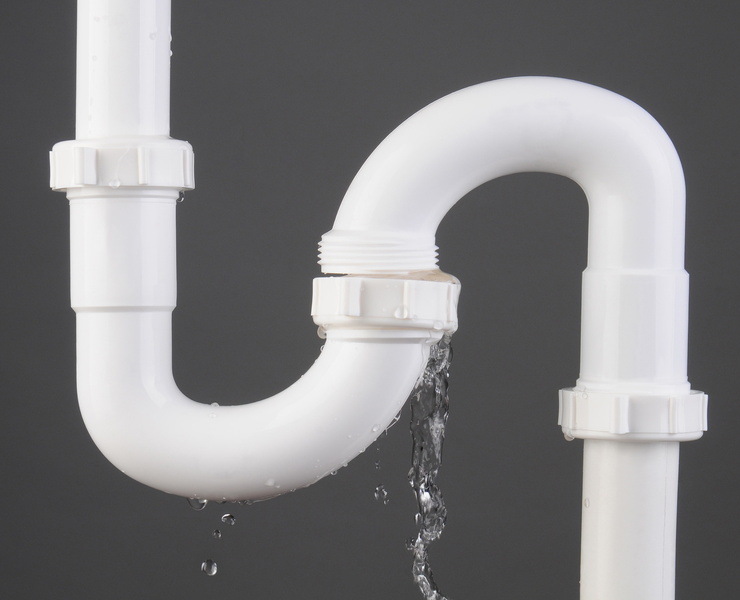How to Find as well as Fixing Water Leaks-- A Comprehensive Guide
How to Find as well as Fixing Water Leaks-- A Comprehensive Guide
Blog Article
We've stumbled on this post about Locating water leaks below on the net and think it made sense to share it with you on this site.

Early detection of dripping water lines can minimize a possible calamity. Apart from saving you cash, it will certainly decrease the worry and also frustration. The minute you discover a leakage, calling your plumber for repairs is the most effective remedy. Some tiny water leaks might not be visible. If you can not detect it with your nude eyes, right here are some hacks that aid.
1. Analyze the Water Meter
Every house has a water meter. Inspecting it is a proven way that aids you uncover leaks. For starters, switch off all the water sources. Ensure no person will certainly flush, use the tap, shower, run the washing maker or dish washer. From there, go to the meter and watch if it will certainly transform. Because no person is using it, there need to be no motions. That indicates a fast-moving leak if it moves. If you find no modifications, wait an hour or two and also check back again. This indicates you may have a slow leak that can also be below ground.
2. Check Water Usage
If you detect abrupt adjustments, regardless of your intake being the very same, it implies that you have leakages in your plumbing system. A sudden spike in your costs shows a fast-moving leakage.
A steady rise every month, also with the same behaviors, reveals you have a slow-moving leakage that's likewise gradually intensifying. Call a plumber to extensively examine your home, particularly if you feel a warm location on your floor with piping underneath.
3. Do a Food Coloring Test
When it comes to water usage, 30% comes from commodes. If the color somehow infiltrates your bowl throughout that time without flushing, there's a leak between the tank as well as dish.
4. Asses Outside Lines
Don't fail to remember to examine your outside water lines also. Test spigots by attaching a garden hose. Needs to water leak out of the connection, you have a loosened rubber gasket. Change this as well as make certain all connections are tight. It will aid get it professionally analyzed as well as maintained every year if you have actually obtained a lawn sprinkler system. One little leakage can lose tons of water as well as increase your water expense.
5. Examine as well as Evaluate the Scenario
House owners must make it a behavior to inspect under the sink counters as well as even inside cupboards for any kind of bad odor or mold and mildew development. These two warnings indicate a leakage so punctual focus is needed. Doing routine inspections, also bi-annually, can conserve you from a significant trouble.
Inspect for discolorations and also deteriorating as many devices and pipelines have a life span. If you think dripping water lines in your plumbing system, do not wait for it to escalate.
Early detection of leaking water lines can mitigate a prospective calamity. Some small water leakages might not be visible. Inspecting it is a guaranteed means that assists you uncover leakages. One little leak can lose heaps of water as well as increase your water expense.
If you think dripping water lines in your plumbing system, don't wait for it to intensify.
How to Know If Your Home Has a Hidden Leak
Water Meter Reveals Inexplicable Water Usage
If you’d like to test whether or not there’s a leak somewhere in your home, you can do this using your water meter. Here is how to conduct the test:
Don’t use any water in your home for at least 30 minutes; this also means not turning on faucets or water-using appliances.
Go outside, and check your water meter for activity.
If your water meter shows that there was activity, even though no one was using any water, this proves that there is a leak in your home.Visible Mold or Mildew Growth
Leaks behind walls create moist, dark environments that allow mold and mildew to grow and thrive. Eventually, you might see mold growth forming on the wall closest to a hidden leak.
If mold is growing in an area that receives a high amount of moisture, such as a bathroom, it may simply be an indication that better ventilation is needed. However, if you see mold growth on a wall or the ceiling in an area where you would not expect, you probably have a hidden leak.
Musty, Mildew Odor
Sometimes you might not be able to see the mold or mildew that is growing as a result of a leak. However, the smell can give the problem away just as easily. If you catch a whiff of something musty, there’s a good chance that old water is collecting somewhere in your home that you can’t see.
Stained/Warped Walls, Ceilings, or Floors
When your home soaks up water, a variety of red flags can become visible, including ceiling stains, bubbling drywall, warped walls, and sagging floors. While these issues can be caused by excess humidity, they can also be signs that a pipe or plumbing connection has started leaking behind your walls.
Inexplicably High Water Bill
After a while, you get a general sense for what your water bill should be. If you own a pool or sprinkler system, your bill will tend to be higher during summer. However, if you receive a water bill that seems especially high, and you can’t figure out what caused it, then you may have a hidden leak somewhere that’s increasing your bill.
https://www.plumbingjoint.com/blog/2019/july/how-to-know-if-your-home-has-a-hidden-leak/

We were introduced to that write-up on Locating water leaks from a good friend on our other web property. Sharing is good. Helping others is fun. Many thanks for going through it.
Report this page